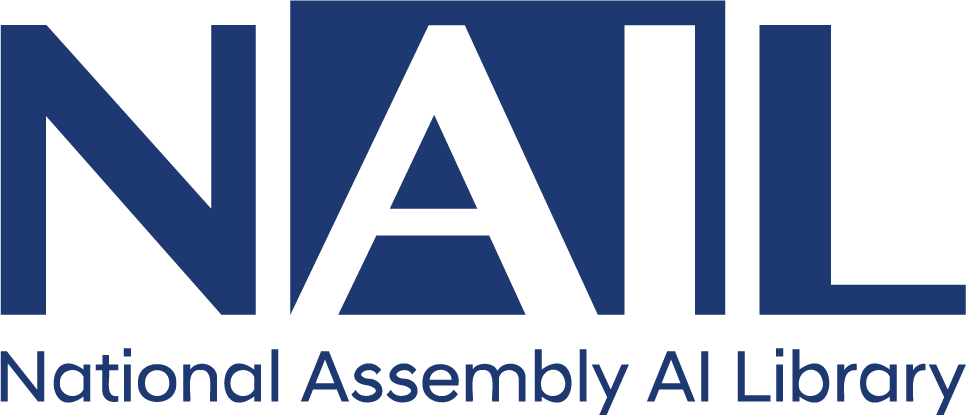목차
Title page
Contents
Highlights 2
Letter 6
Background 11
Medicare Provider Fees 11
Changes to Medicare Coverage of Telehealth in Response to the COVID-19 Pandemic 12
Beneficiary Privacy 14
Utilization of and Spending on Telehealth Services Increased Under Waivers; Services Were Concentrated Among 5 Percent of Providers and Beneficiaries 15
Utilization of and Spending on Telehealth Services Increased Post-Waivers, While In-Person Services and Overall Utilization Declined 16
Number of Beneficiaries Accessing Telehealth Services Increased Post-Waiver 17
Psychotherapy and Office Visits Were the Most Common Services Delivered under the Waivers, with 5 Percent of Providers Delivering 42 Percent of Services 18
CMS Identifies and Monitors Some Program Integrity Risks but Lacks Complete Data about Telehealth Delivery and Has Not Assessed Care Quality 22
CMS Took Actions to Monitor Some Program Integrity Risks, Including Investigating Potentially Problematic Providers and Identifying Long-Term Effect on Spending 23
CMS Cannot Fully Track Telehealth Visits That Are Audio-Only or Furnished in Beneficiaries' Homes Because of Billing Limitations 24
CMS Has Not Comprehensively Assessed the Quality of Services Delivered Using Telehealth 30
Patients May Be Unaware that OCR's March 2020 Telehealth Policy May Not Protect Patient Privacy 34
Stakeholders Believe Telehealth Waivers Enabled Access but Noted Limitations; Most Support Extension 40
According to Stakeholders, Waivers Enabled Access; Most Support Permanent Extension 41
Stakeholders Noted Telehealth Limitations for Services That Require Physical Exams; Beneficiary Groups Support Temporary Extension of Waivers 42
Stakeholders Indicated That Providers and Beneficiaries Relied on Audio-Only Technology to Access Telehealth 43
Stakeholders Indicated Expansion of Eligible Providers Enabled Service Delivery; a Few Noted Concerns when Providers Deliver Telehealth to New Patients 44
According to Stakeholders Equivalent Payment for Telehealth Services Enabled Access; Some Described Different Costs Related to Telehealth and In-Person Visits 44
Conclusions 45
Recommendations for Executive Action 46
Agency Comments and Our Evaluation 46
Appendix I: Objectives, Scope, and Methodology 52
Appendix II: Additional Information on Telehealth Utilization 59
Appendix III: Overview of Health Insurance Portability and Accountability Act of 1996 Privacy, Security, Enforcement, and Breach Notification Rules 63
Appendix IV: Comments from the Department of Health and Human Services 65
Appendix V: GAO Contact and Staff Acknowledgments 74
Table 1. Examples of Telehealth Coverage in Traditional Medicare, Before and Starting in or after March 2020 12
Table 2. Stakeholder Groups Interviewed 55
Table 3. Medicare Telehealth Utilization, by Service Type and Select Specialties, 2019 and 2020 59
Table 4. Medicare Telehealth Utilization, by Categories of Services, April-December 2019 and 2020 60
Table 5. Overview of HIPAA Privacy, Security, Enforcement, and Breach Notification Rules 63
Figure 1. Utilization of Medicare Services Delivered via Telehealth or In-person, by Month, April 2019-December 2020 17
Figure 2. Percentage of Medicare Telehealth Services, by Provider Specialty, for Selected Months in 2020 19
Figure 3. Percentage of Providers Delivering Medicare Telehealth Services Compared To In-Person Services, Post-Waiver April 2020-December 2020 20
Figure 4. Percentage of Medicare Telehealth Services Pre- and Post-Waiver, by Provider Location, April 2019-December 2020 21
Figure 5. Medicare Telehealth Services Pre- and Post-Waiver, by Service Type, April 2019-December 2019 and April 2020-December 2020 22
Figure 6. Use of Medicare Telehealth, by Beneficiary Characteristic, April-December 2020 62
해시태그
관련자료
AI 100자 요약·번역서비스
인공지능이 자동으로 요약·번역한 내용입니다.
Medicare telehealth : actions needed to strengthen oversight and help providers educate patients on privacy and security risks
(메디케어 원격 건강: 감독을 강화하고 제공자가 환자의 프라이버시 및 보안 위험에 대해 교육하는 데 필요한 조치)



